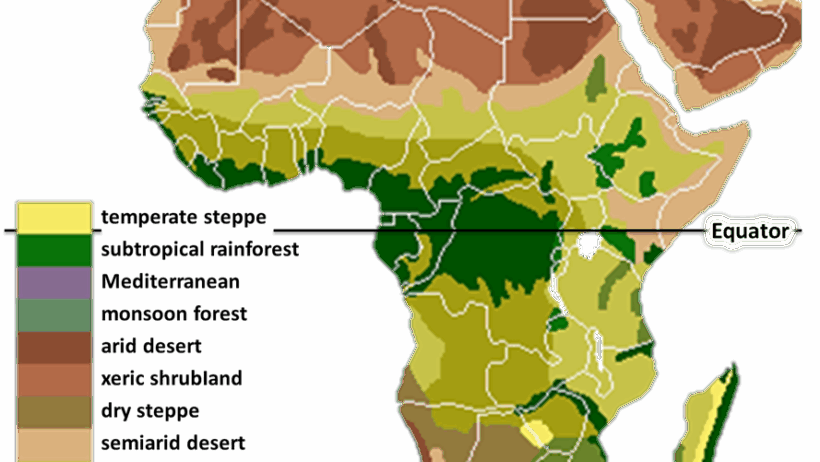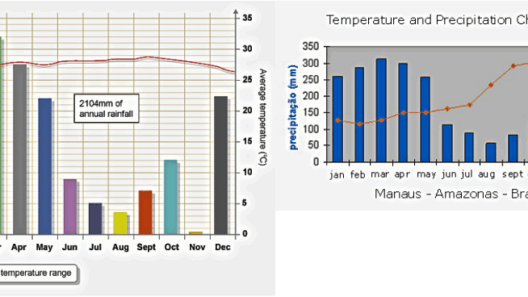The Sahara Desert, an immense and formidable expanse of arid land, captivates the imagination of those who contemplate its vastness. Spanning several countries in Northern Africa, it is not merely a singular desert but rather a complex landscape teeming with extremes and paradoxes. The climate in the Sahara is characterized by its intensity, volatility, and an undeniable allure that sparks intrigue among scientists, travelers, and environmentalists alike.
First and foremost, the Sahara is predominantly classified as a hyper-arid desert. This classification stems from its strikingly low precipitation levels, typically ranging from a mere 3 to 10 inches annually. The spatial distribution of rainfall is uneven, with certain regions receiving virtually no precipitation for years, while others experience sporadic showers. The intermittent rainfall, when it does occur, can lead to sudden bursts of life, transforming the landscape dramatically, albeit temporarily.
Temperature extremes are another hallmark of the Sahara’s climate. Daytime temperatures can soar to a searing 122°F (50°C) in the summer months, rendering the environment almost inhospitable. Nightfall brings a drastic shift, with temperatures plummeting to near freezing, sometimes dipping below 32°F (0°C). This diurnal temperature variation is a defining characteristic of desert climates, highlighting the stark contrast between scorching days and frigid nights.
One might wonder how organisms have evolved to thrive in such harsh conditions. Remarkably, the Sahara hosts a range of flora and fauna that have adapted ingeniously to its extremes. Resilient species such as the date palm and acacia trees have developed deep root systems to access subterranean water, while animals like the fennec fox and desert hedgehog exhibit nocturnal behavior, allowing them to avoid the searing daytime heat. Such adaptations are a testament to nature’s ingenuity in overcoming adversity.
The geographical layout of the Sahara also influences its climatic conditions. The vast stretches of sand dunes, rocky plateaus, and gravel plains create a mosaic of microclimates within the region. For instance, areas such as the Tassili n’Ajjer mountain range can receive slightly more precipitation than the surrounding sandy expanses, leading to unique ecosystems. Viewing the Sahara in its totality invites deeper contemplation of how different landscapes interact with climatic patterns.
Moreover, the wind patterns in the Sahara contribute significantly to its climatic identity. The prevailing trade winds, along with the subtropical high-pressure systems, play a vital role in maintaining the region’s aridity. When these winds sweep across the desert, they exacerbate evaporation rates, thus further diminishing the already scant moisture available. Sandstorms, which can arise with little warning, serve as another reminder of the Sahara’s tumultuous nature, transforming the atmosphere into a swirling chaos of sand and dust.
Intrigued as we may be by its inhospitable visage, the Sahara’s allure extends beyond its climate. The intricate cultural and historical tapestry woven by the myriad of peoples who have inhabited its borders is equally mesmerizing. From the nomadic Tuareg tribes to the ancient civilizations of Carthage and Egypt, the desert has served as both a harsh backdrop and a cradle for human resilience and adaptability. Each culture has developed unique customs and practices to navigate life in this unforgiving terrain, epitomizing the profound connection between humans and their environment.
While the Sahara captivates imaginations with its majesty, it simultaneously raises critical environmental concerns. Climate change poses a potent threat to its delicate ecosystems. Rising global temperatures and shifting precipitation patterns could amplify desertification processes, leading to further aridification of surrounding regions. This phenomenon not only endangers unique biodiversity but also exacerbates socio-economic challenges for communities that rely on the desert for their livelihoods.
As scientists engage in ongoing research to understand the complex interplay between climate, ecosystems, and human activity in the Sahara, it becomes clear that solutions must be holistic and sustainable. Initiatives focused on water management, sustainable land use, and conservation efforts are imperative to safeguard the delicate balance of life within this vast desert.
In conclusion, the Sahara Desert, with its extreme climate and enthralling landscapes, stands as a testament to the profound power of nature. Its unyielding conditions invite introspection about the resilience of life and the enduring connection between humanity and the environment. As one gazes upon the endless sand dunes, it becomes evident that the fascination with the Sahara is not merely about its physical expanse; it encompasses a deeper appreciation for the intricate relationships that define this extraordinary ecosystem. Preserving such a landscape, rich in both natural beauty and cultural significance, is a shared responsibility—one that calls for awareness and action amid an ever-changing climate.







